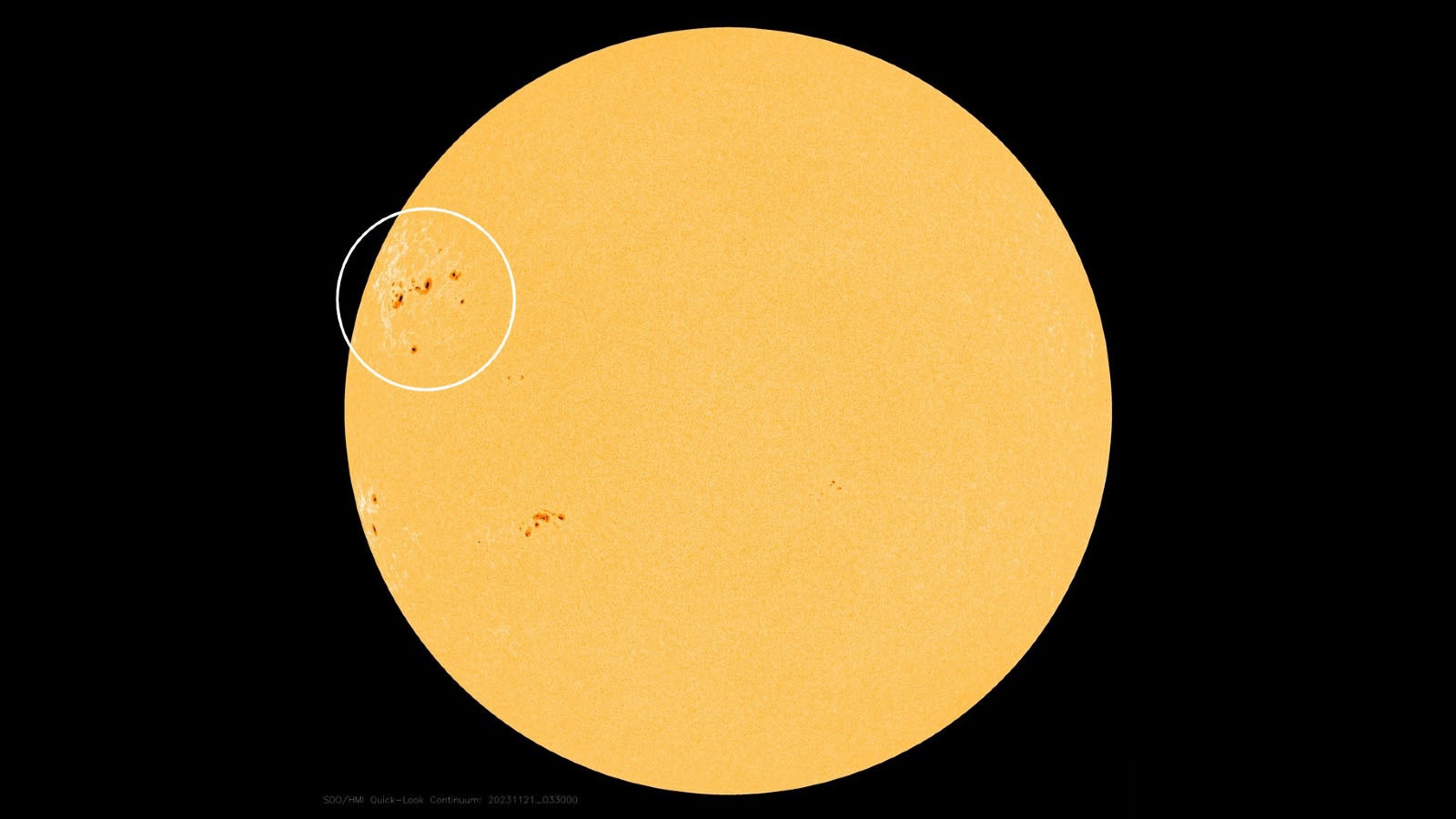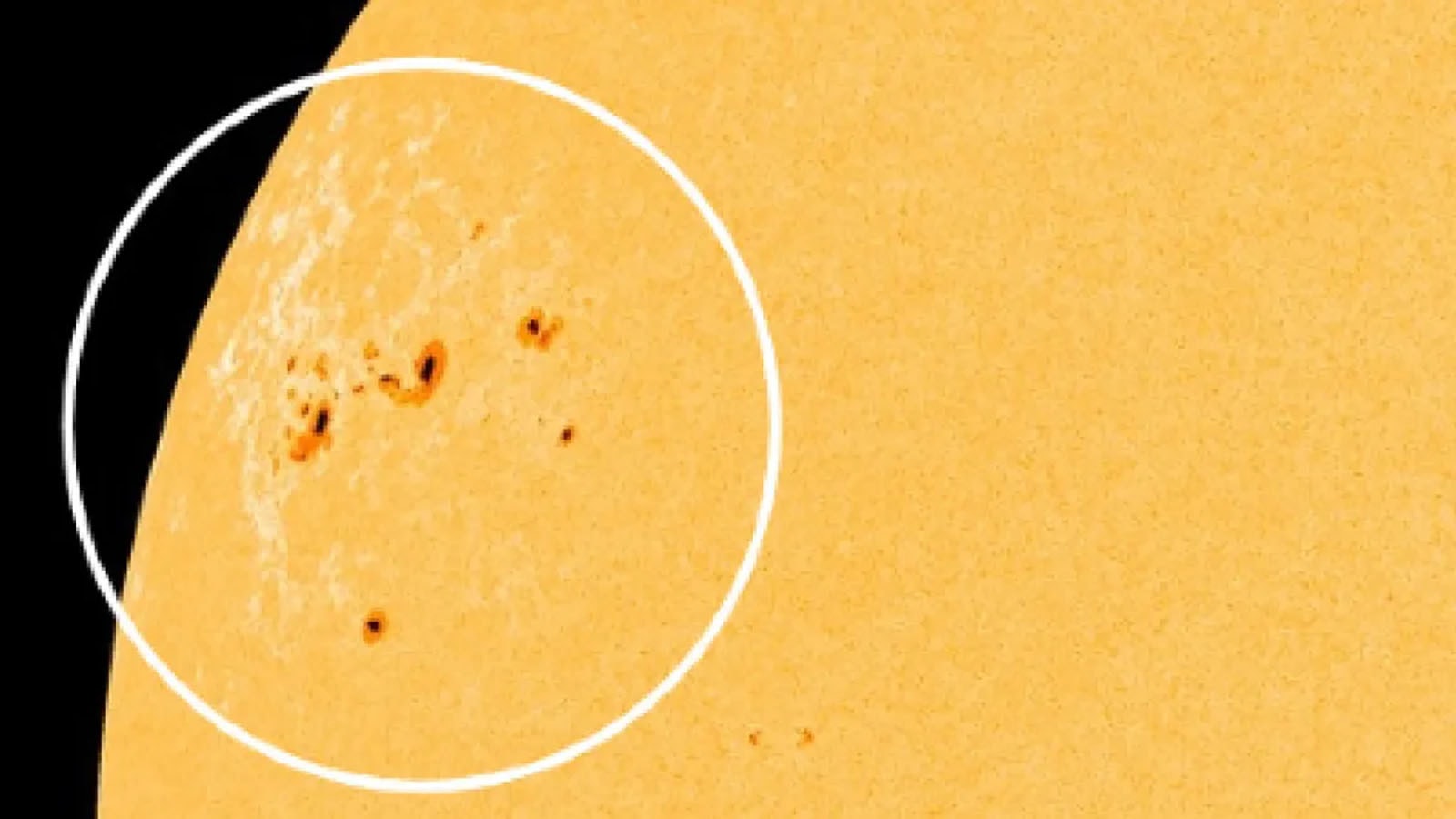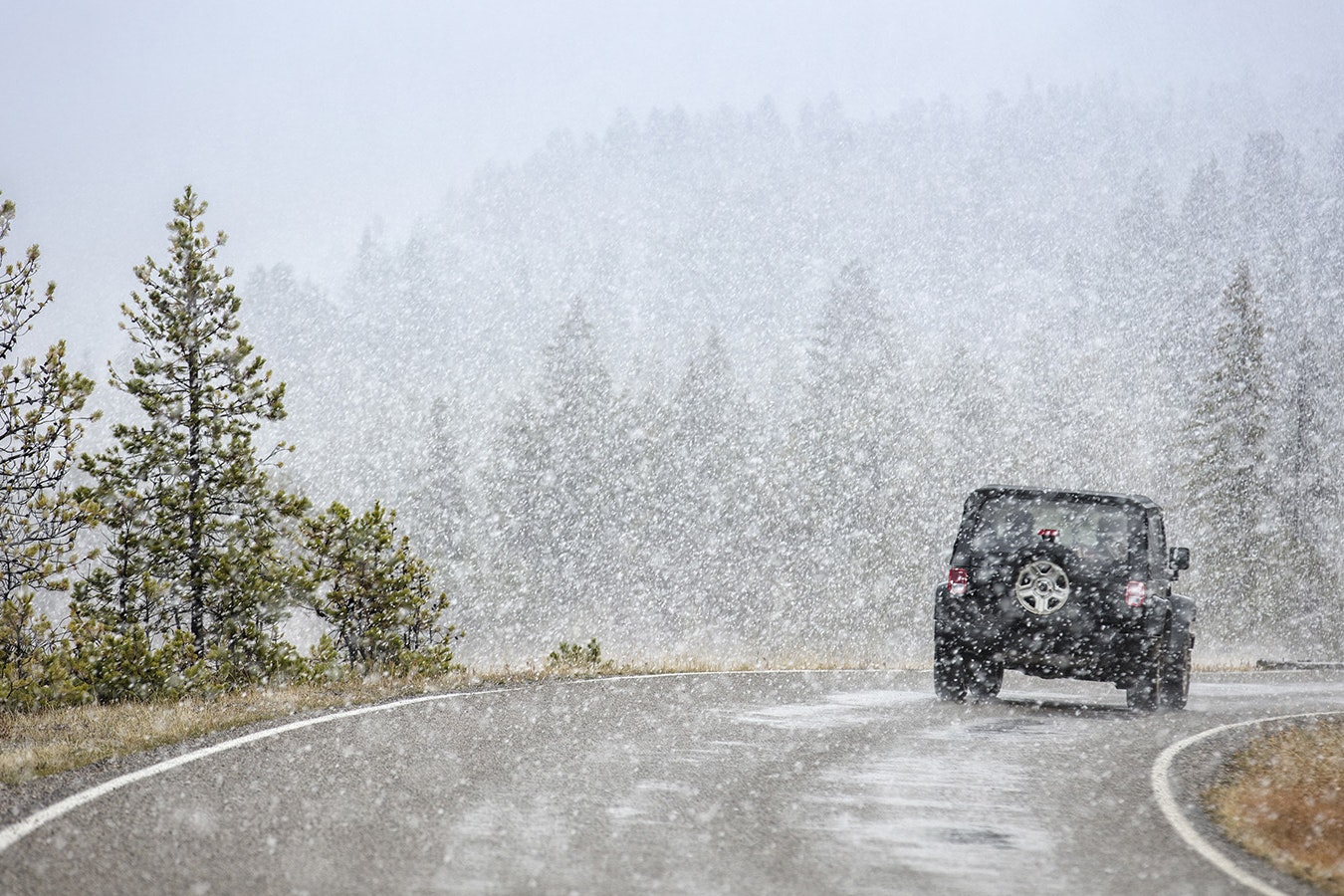Many people say Christmas decorating should wait until Thanksgiving has come and gone. The sun seems to have heeded the memo, as the center of our solar system has saved its best light show of the season for the next two weeks.
Astronomers are observing a phenomenon called AR13490, a sunspot archipelago on the sun’s surface, a collection of six side-by-side sunspot regions covering an area as wide as 15 Earths. LiveScience reports AR13490 is “the largest and most densely populated sunspot regions seen in more than a decade.”
For Wyomingites, it could mean an already outstanding year for aurora borealis displays is going to get that much better over the first couple weeks of December.
“More sunspots equal more chance for solar flares,” said Cowboy State Daily meteorologist Don Day, “which equals possible aurora borealis events in the near future.”
Flaring Up
Sunspots are areas of the sun’s surface with a temporarily reduced surface temperature. Chronal mass ejections, or solar flares, are generated from sunspots, manifesting as aurora borealis when interacting with the Earth’s atmosphere.
There are four classes of solar flares: B, C, M, and X. While B-class and C-class solar flares are small and not too intense, M-class and X-class flares can cause radio blackouts and trigger radiation storms that last several days.
The website spaceweatherlive.com is monitoring AR13490. As of Monday, the region contains six sunspots, but had as many as 10 sunspots on Thanksgiving. Since it was first observed Nov. 18, the sunspot region has generated four M-class and 18 C-class solar flares.
And there could be more to come, according to spaceweather.com. Sunspot AR3500 has also been very active but entered a 24-hour slowdown. That might be “the calm before the storm” that could soon generate an X-class solar flare.

Sun Sparks
Regardless of the intensity, solar flares aren’t intense enough to harm Wyomingites on the Earth’s surface. However, they still have a way of making their presence known.
Radio equipment and orbiting satellites are most susceptible to the electromagnetic currents caused by solar flares, causing blackouts and other equipment problems. That’s usually the extent of any terrestrial impact, but more extreme events have caused noticeable issues.
Max Gilbraith, planetarium coordinator for the University of Wyoming Physics and Astronomy Department, referenced the Carrington Event, the most intense geomagnetic storm in recorded history, that happened Sept. 1-2, 1859. The solar flare that caused that event was so massive that auroras were seen in skies worldwide, but it also caused sparks and even some fires in telegraph offices.
There’s no indication that AR13490 is generating solar flares strong enough to cause that kind of impact, even if the possibility remains.
“If you have some sensitive equipment, you might want to get it protected,” Gilbraith said.
Even in the event of widespread electromagnetic interference, Wyomingites don’t need to anticipate disruptions to their routines. Day said the current space weather will not immediately impact Earth weather.
“Solar activity is important in long-term trends, but an increase in solar activity does not result in immediate impacts on our weather,” he said.
To The Max
The sunspot archipelago is another sign of the solar maximum, the period in the sun’s 11-year cycle where there is a plethora of sunspots on its fiery surface. That explains why so many auroras have been visible in Wyoming over the last year.
Astronomers predict the sun will reach the zenith of its current maximum period between 2024 and 2025, which means more chances to see auroras in the night sky. It’s possible the best has yet to come.
“It’s really exciting for solar scientists to see the sun go into an activity period, but it’s cool for us on the ground if you want to see some auroras,” Gilbraith said.
Gilbraith hopes the sun remains this active during next April’s solar eclipse. Anyone viewing a total solar eclipse during a solar maximum could see a uniquely dazzling display.
“You could see some spectacular flares and other solar activity during that eclipse,” he said. “We should be still in solar maximum at that point.”
The Spotter’s Guide
Auroras are beautiful but hard to predict. Even with a massive sunspot region generating solar flares, astronomers have difficulty anticipating which flares will reach Earth with the right intensity to create a visible aurora in Wyoming.
NASA is an excellent resource for all things space, including space weather. Day and Gilbraith recommend the National Oceanic and Atmospheric Administration’s Space Weather Prediction Center (SWPC) website and spaceweather.com to anyone who wants an accurate aurora forecast.
Spaceweatherlive.com has its own aurora forecast, which indicates where an aurora might be spotted over a 24-hour period.
Andrew Rossi can be reached at arossi@cowboystatedaily.com.





